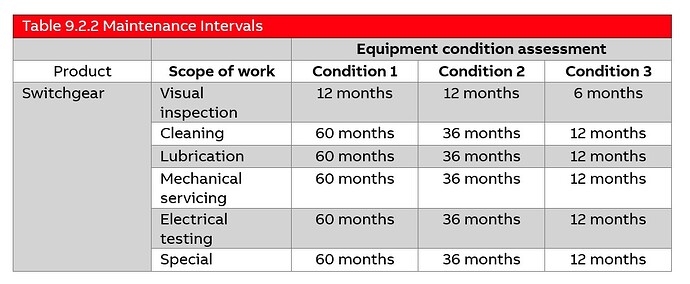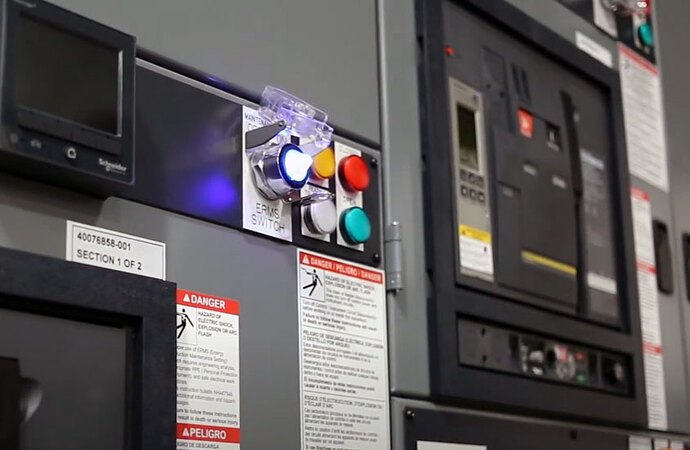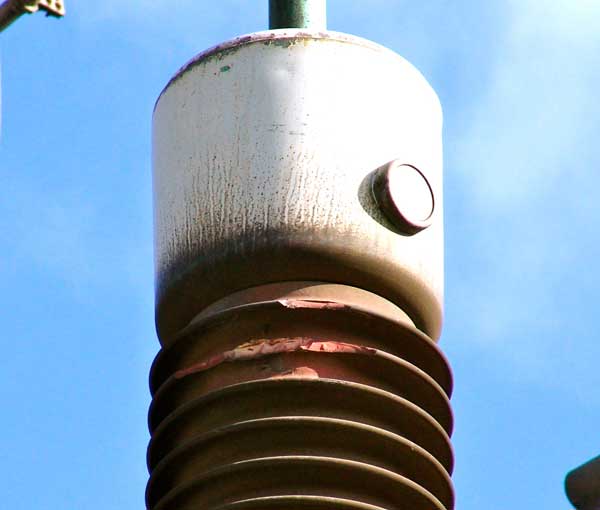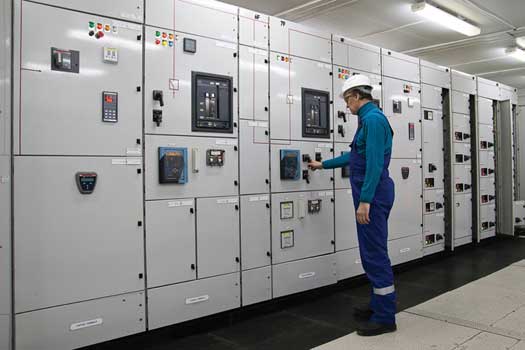The NFPA 70B: Standard for Electrical Equipment Maintenance (2023 edition) introduces a new framework for assessing and maintaining electrical equipment. This update includes guidance on maintenance frequency, categorization of equipment condition, and considerations for equipment reliability and operating environments.
A key feature is Table 9.2.2, which defines maintenance intervals based on the type and condition of equipment, ensuring optimal safety and performance.
Maintenance Intervals: Table 9.2.2
Table 9.2.2 specifies maintenance intervals based on the type of equipment, such as busways, circuit breakers, or grounding systems. The intervals are further adjusted by evaluating the physical condition of the equipment.
Section 9.2.2 emphasizes the importance of adhering to manufacturer recommendations when available. If manufacturer guidelines are unavailable, maintenance must occur at intervals specified in Table 9.2.2 when equipment failure poses unacceptable risks to personnel or the environment.
NFPA 70B Table 9.2.2 Maintenance Intervals. Photo: ABB
Equipment Physical Condition Ratings
Section 9.3 outlines criteria for assessing the physical condition of electrical equipment, which is categorized into three condition levels. These ratings help determine maintenance frequency and scope.
Condition 1: Like-New Equipment
Equipment in Condition 1 meets all the following criteria:
-
Appears to be in like-new condition.
-
Enclosure is clean, moisture-free, and secure.
-
No unresolved notifications from the continuous monitoring system.
-
No active recommendations from predictive techniques.
-
Previous maintenance aligns with the Electrical Maintenance Program (EMP).
Condition 2: Minor Deviation from Optimal Performance
Equipment in Condition 2 meets the criteria for Condition 1 but shows one or more of the following:
-
Maintenance results deviate from previous data or manufacturer’s recommendations indicate increased maintenance frequency.
-
Prior maintenance revealed issues requiring major component repair or replacement.
-
Notifications occurred from the monitoring system since the last assessment.
-
Predictive techniques recommend specific actions.
Condition 3: Significant Deviation or Missed Maintenance
Condition 3 applies when significant issues or operational changes are identified:
-
Maintenance was missed for the last two consecutive cycles under the EMP.
-
Previous two maintenance cycles revealed major issues requiring component repair or replacement.
-
Continuous monitoring identifies unresolved or active notifications.
-
Predictive techniques highlight urgent action items.
Equipment in higher condition categories (e.g., Condition 3) requires more frequent and rigorous maintenance to mitigate risks.
Criticality and Operating Environment
Maintenance priorities are also influenced by the criticality of the equipment and its operating environment.
Criticality
-
Condition 1 or 2: Assigned when equipment failure poses no danger to personnel.
-
Condition 3: Assigned when equipment failure could endanger personnel.
Operating Environment
-
Condition 1 or 2: Equipment operates within its rated environment.
-
Condition 3: Equipment operates in harsh environments, such as exposure to chemicals, extreme temperatures, or other adverse conditions.
Conclusion
The NFPA 70B standard provide a structured approach to maintaining electrical equipment based on condition assessments, criticality, and environmental factors. By applying these guidelines, organizations can ensure the safety, reliability, and efficiency of their electrical systems while minimizing risks to personnel and the environment.
Regular maintenance, tailored to the specific needs of equipment, remains essential for compliance and operational success.




